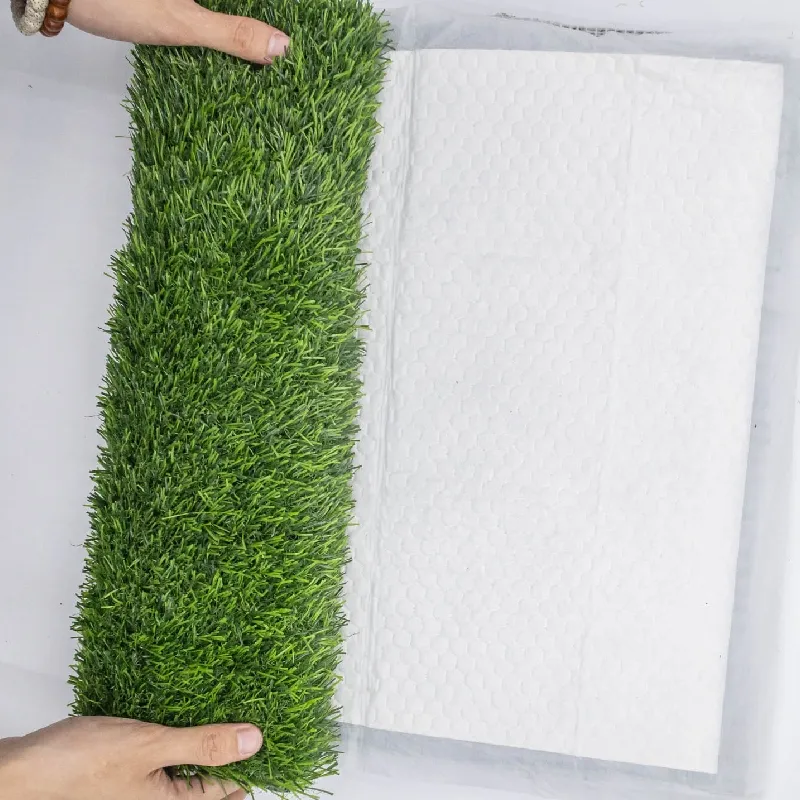
- Afrikaans
- Arabic
- Belarusian
- Bengali
- Czech
- Danish
- Dutch
- English
- Esperanto
- Estonian
- Finnish
- French
- German
- Greek
- Hindi
- Hungarian
- Icelandic
- Indonesian
- irish
- Italian
- Japanese
- kazakh
- Rwandese
- Korean
- Kyrgyz
- Lao
- Latin
- Latvian
- Malay
- Mongolian
- Myanmar
- Norwegian
- Persian
- Polish
- Portuguese
- Romanian
- Russian
- Serbian
- Spanish
- Swedish
- Tagalog
- Tajik
- Thai
- Turkish
- Turkmen
- Ukrainian
- Urdu
- Uighur
- Uzbek
- Vietnamese
Cost Analysis of Installing Artificial Grass Football Fields for Sports Facilities
Dec . 04, 2024 00:21 Back to list
The Cost of Artificial Grass Football Fields An In-Depth Analysis
Artificial grass football fields have increasingly gained popularity over the past few decades. These fields offer a number of advantages over traditional grass fields, including durability, lower maintenance costs, and consistent playability. However, the initial investment in artificial turf can be substantial, provoking discussions about the cost-effectiveness of such installations. This article delves into the factors that influence the cost of artificial grass football fields, their benefits, potential downsides, and long-term financial implications.
Initial Installation Costs
When considering the cost of an artificial grass football field, it is vital to examine the various components involved in installation. The average price of artificial turf can range from $5 to $15 per square foot, depending on the quality of the materials used and the specific features desired, such as added shock-absorbent underlayers or advanced drainage systems. Taking into account that a standard football field is approximately 57,600 square feet, the initial cost could easily reach anywhere from $300,000 to over $800,000.
Additionally, installation involves site preparation, which may include clearing existing grass, leveling the ground, and laying down a suitable base. These services can add to the overall costs, sometimes pushing the total investment into seven-figure territory, especially for large facilities or complex projects.
Maintenance and Longevity
One of the key financial advantages of artificial grass is its minimal maintenance requirements compared to natural grass. Natural fields demand frequent watering, mowing, fertilization, and pest control, all of which contribute to ongoing operational costs that can tally thousands of dollars annually. In contrast, artificial grass fields typically require only occasional cleaning and infill replacement, significantly reducing long-term maintenance expenses.
Moreover, artificial turf is designed to last, with warranties often spanning between 8 to 15 years, depending on the quality of the materials used. This longevity means that, despite the high upfront costs, over time, artificial fields can be more economical than their natural counterparts, especially in regions where climatic conditions make maintaining natural grass challenging.
Environmental Considerations
cost of artificial grass football field

While artificial grass presents financial advantages, it also raises environmental concerns. The manufacturing process of synthetic turf involves petroleum-based products, which can have a significant ecological footprint. Moreover, the disposal of old artificial grass poses another environmental dilemma.
Research is ongoing regarding the potential presence of microplastics and chemicals in artificial turf, prompting many organisations and communities to weigh the financial benefits against environmental impacts. Some seek eco-friendly alternatives, such as biodegradable options that mimic the look and feel of natural grass without the associated environmental concerns.
Resale and Revenue Generation
Another notable factor in evaluating the cost of artificial grass football fields is the potential for revenue generation. Many schools, universities, and communities find that installing an artificial turf field allows them to increase usage rates. These fields can be rented out for various events, including tournaments, practices, and other sports activities, creating a new stream of revenue.
In schools, particularly, artificial grass opens up the opportunity for multi-sport usage, allowing more students to participate in various activities throughout the year without compromising the field's quality. Thus, the long-term financial benefits may outweigh the initial costs when a diverse usage schedule is considered.
Final Thoughts
The cost of artificial grass football fields can be substantial, but this investment also presents significant benefits in terms of durability, maintenance, and overall usage. When evaluating whether to install an artificial football field, stakeholders must consider not only the initial costs but also the long-term implications regarding maintenance, potential revenue generation, and environmental factors.
By carefully assessing these considerations, institutions can make informed decisions that align with their budgets and objectives. Ultimately, the advantages of artificial grass often stand strong, making them a viable option for many football programs, community sports clubs, and educational institutions worldwide.
-
The Benefits of Artificial Turf for Indoors
NewsJul.15,2025
-
How Artificial Grass Suppliers Ensure Quality Products
NewsJul.15,2025
-
Artificial Grass and Pets: A Space for Relaxation
NewsJul.08,2025
-
Balcony & Outdoor Decoration with Artificial Grass
NewsJul.08,2025
-
Best Indoor Artificial Grass for Home
NewsJul.07,2025
-
Best Pet Turf for Dogs: Safe & Durable Artificial Grass Options
NewsJul.07,2025
Products categories









